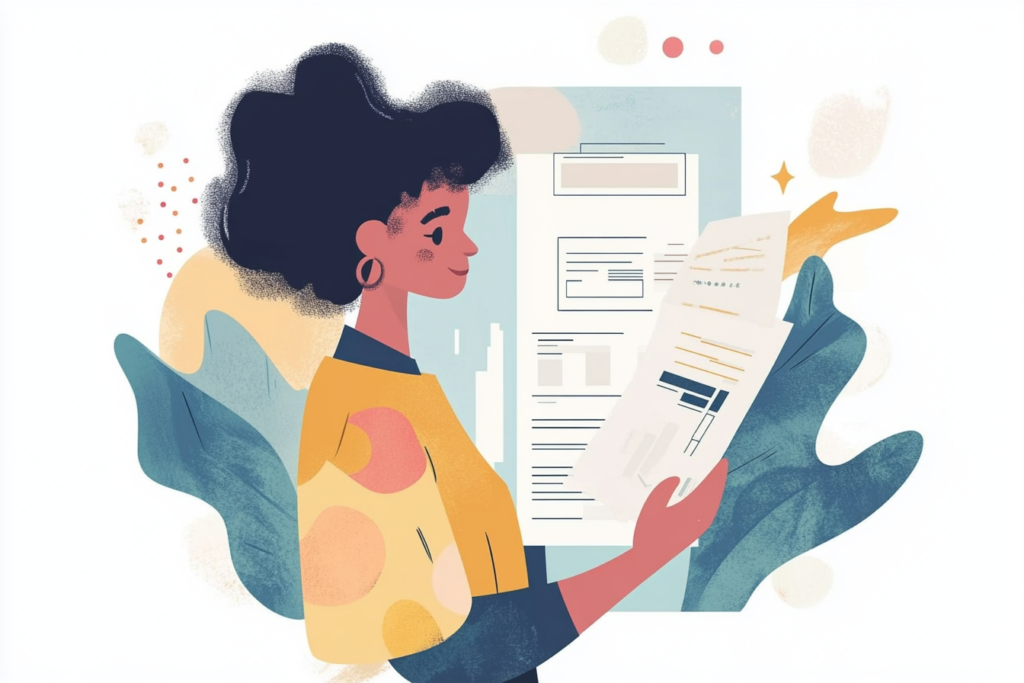Are you reading your energy bill correctly? Most households operate on a budget, so knowing your average electricity consumption and the breakdown of charges is essential to helping you plan your finances to stay within your budget or even save yourself money. While the organization and components of your bill will vary depending on your utility company and location, all share some basic similarities.
Determine If Your Electricity Is Billed Alone or Bundled With Other Services
This depends on where you live and which services your utility delivers. Each bill will contain your account number, service address, statement date and due date, along with your monthly energy charges. Most also include a usage graph to help you quickly understand your current and past usage. Sometimes, electricity is billed alone. Other times, it is combined with municipal bills like natural gas or water. Combination bills will naturally have higher charges.
An easy way to figure out which costs are attributed to electric are to look at the measurements on the line itemized charges. Electricity usage is measured by kilowatt-hours (kWh) while gas will show BTUs and water usage in gallons.
Know Your Billing Plan

The basic electricity billing plan is based on your actual household usage. Each month, you will receive a bill that charges you for the previous month’s exact kWh usage, which is taken from meter readings on your property. Your usage can fluctuate throughout the year. For example, your bill will be higher during the colder winter months if you have electric heat. If you use electricity for an air conditioner in the summer, you can expect higher costs during these months.
Some companies offer a budget billing plan that calculates your average monthly cost based on the prior year’s actual usage. This plan charges you the same amount each month, which is a smart solution for households that prefer to spread the cost of their electricity usage out evenly over the course of the year.
Understand the Breakdown of Electricity Charges
The total amount you owe on your electric bill includes your household’s consumption plus various fees. The main components are:
- Supply: The cost of generating the electricity. These costs include the fee for the electricity you used based on the current rate per kilowatt-hour (or your budget billing monthly charge).
- Delivery: The costs associated with distributing the electricity. Transmission charges are set by The Federal Energy Regulatory Commission (FERC). Operation, distribution, and service charges include the cost of utility workers’ salaries, equipment purchase and maintenance, meter readings, and maintenance for the power grid.
- Taxes: Various state, local, and federal taxes on the supply and delivery of electricity.
You may also see public policy charges mandated by state and federal government agencies appear as line items with names like renewable energy or energy efficiency. Some areas are charged a higher rate for electricity used during certain times of day or when demand is high. These typically show up as peak and off-peak charges on your bill.
Depending on where you live, you may have the option to compare rates from several electricity suppliers. Or, you can look into common ways to lower your energy bill and save yourself money.
Know Your Average Consumption Rates
Many bills provide a breakdown of your electric usage that shows how your usage fluctuates month to month or even day to day. This can help you predict upcoming bills and recognize how your household habits affect your bill. Paying close attention to these trends is an excellent way to adjust your behaviors to cut costs. Keep in mind that the electricity your household consumes not only determines your bill, but also has an impact on the environment.
You can generally calculate the cost of your electric usage yourself by dividing your total bill amount by your consumption, found in the number of kWh used. However, first you need to find out if your utility operates on a tiered billing structure. If this is the case, you may pay a certain rate for kilowatt hours used up to 500, and then a different rate for additional kilowatt hours used beyond that. Your bill will show a breakdown of your usage by tier.
Lower Your Energy Costs
If you are concerned about high energy costs, take action to lower your energy bill through various simple habits and home maintenance practices. You can also look into installing a renewable home energy system. Whether your plan to save money involves reducing your energy consumption, switching to renewable energy, or combining, the first step is to understand your current energy bill.
Follow the above tips to take control of your energy costs and budget. Learn how to read your energy bill to understand what you’re paying now and where these charges come from. Once you have this information, you can develop a plan to save money that works for your household.
You might also be interested in: 10 Ways To Keep Your Air Conditioning From Overheating This Summer




